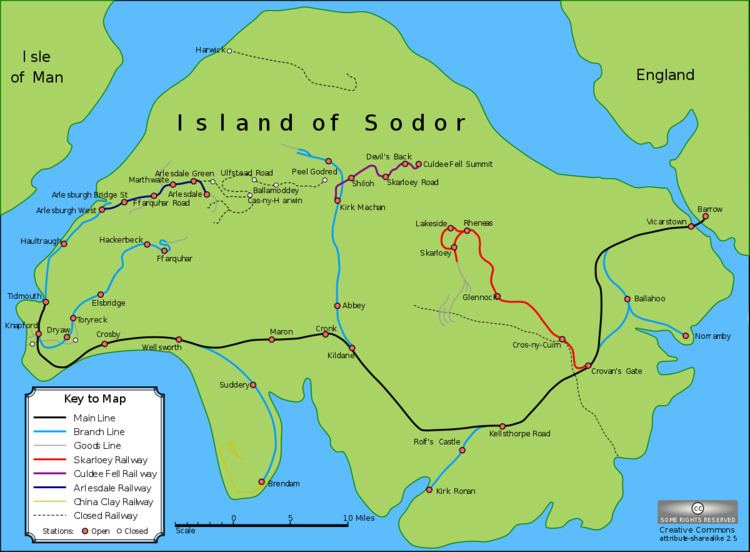 | ||
A fantasy map is type of map design that is a visual representation of an imaginary or fictional geography. While some fantasy maps accompany works of fiction and are considered fictional maps, fantasy maps are created to show imaginary places and are not necessarily included in works of literary fiction. Depending on the completeness and complexity of the map, the depiction of geographical components can range from simple drawings of a small area as in The Twenty-One Balloons by William Pène du Bois to an entire fictional world as in The Lord of the Rings by Tolkien to even an entire galaxy as in Star Trek. Fantasy maps can also include abstract works of art, combine existing cartographic information to present an imaginary location, or combine existing cartographic information to show a different perspective of a location.
